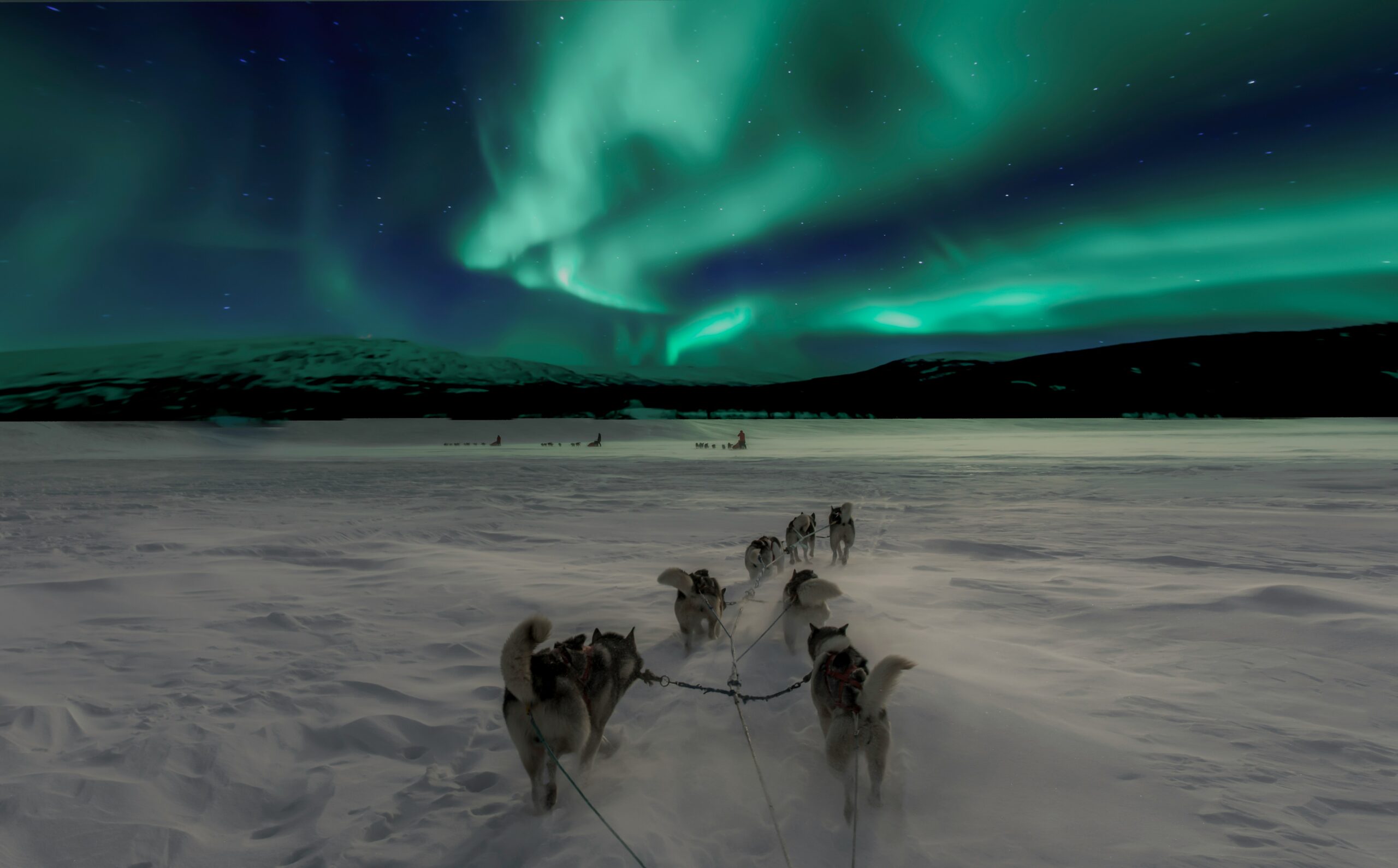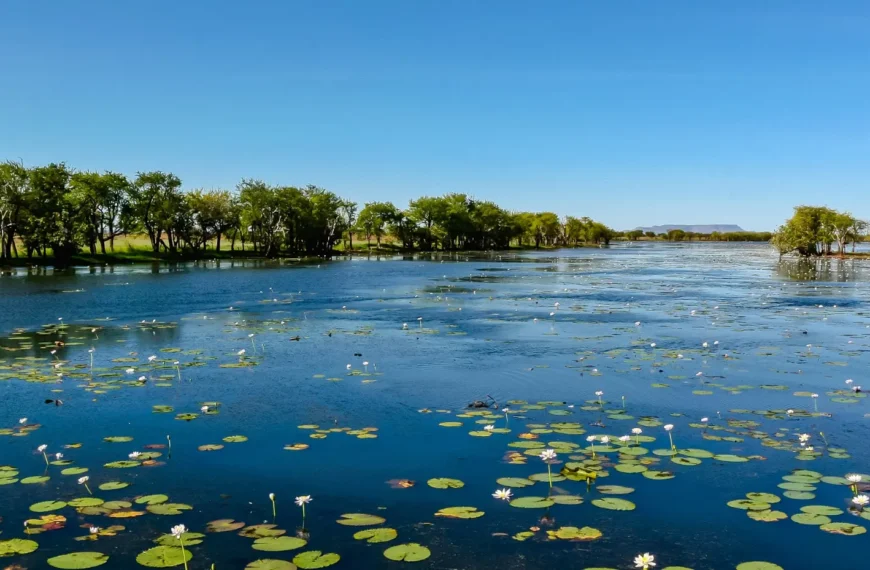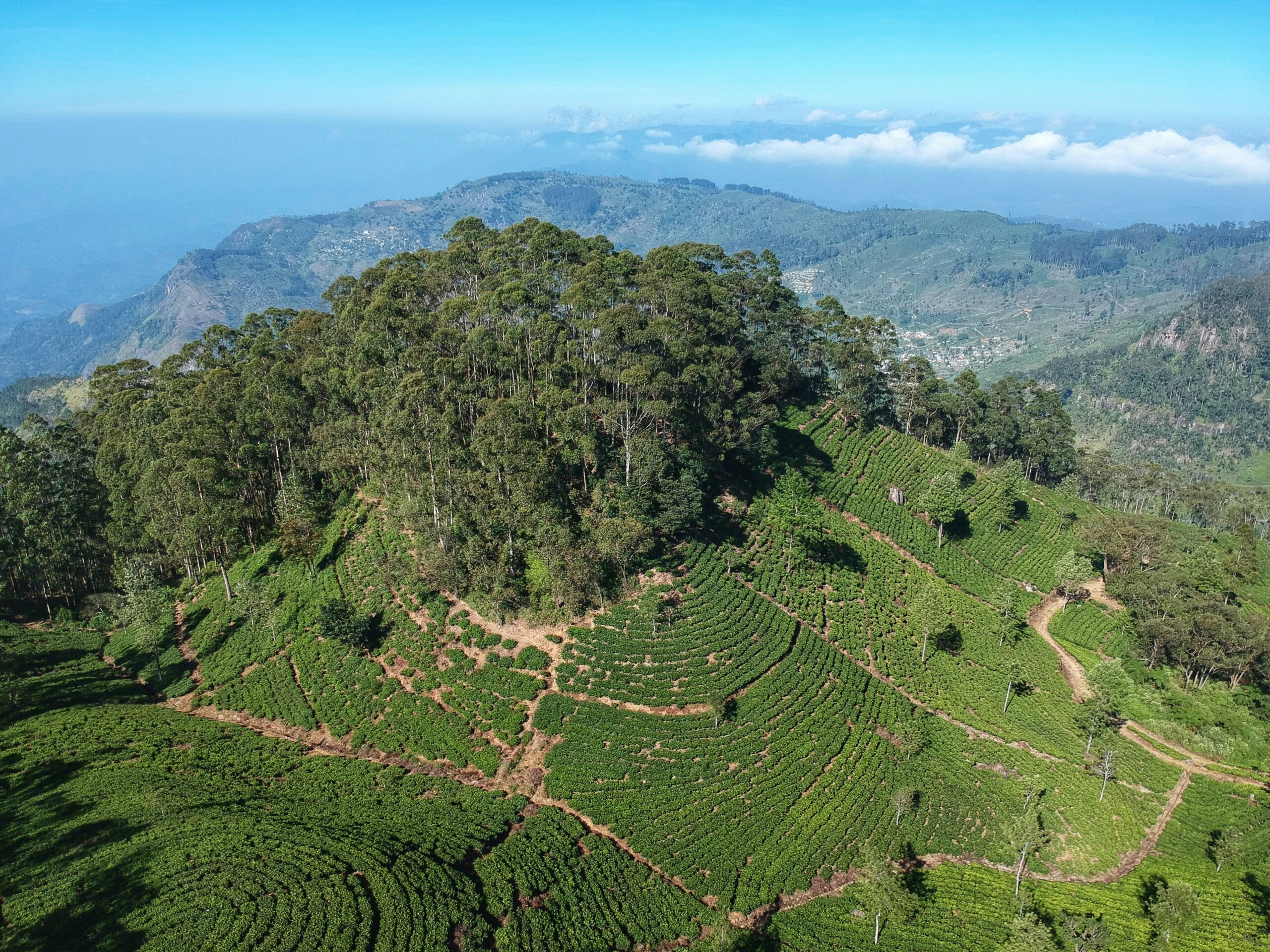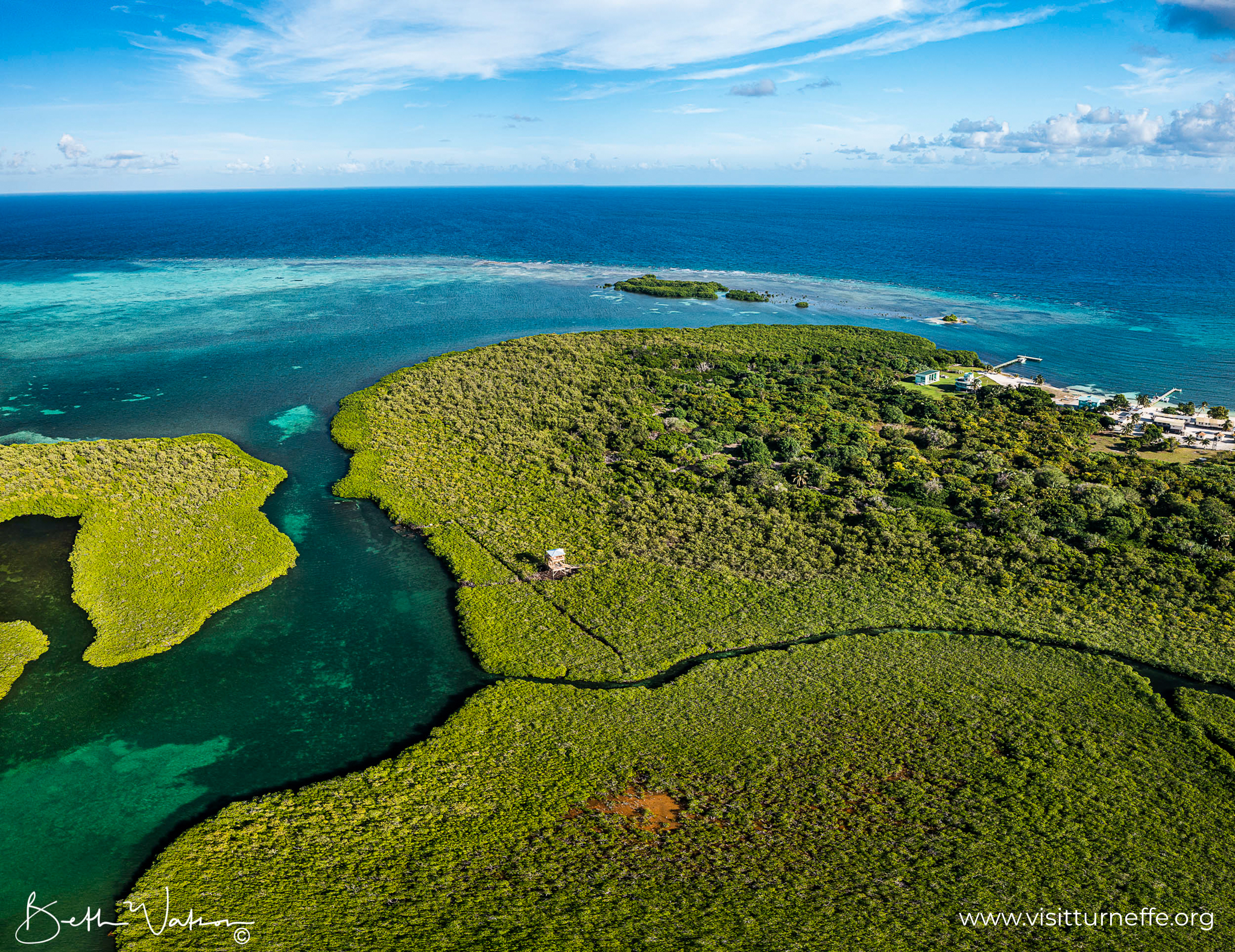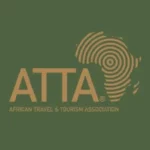The ethereal, mystic glow of the aurora borealis draws travellers year-on-year to the northernmost points of the world. 2024 has been marked by scientists as the ‘Year of the Aurora’. The sun’s approximate eleven-year activity cycle is predicted to peak this year, potentially resulting in more frequent and wide ranging northern light displays in the arctic skies. Scientists have stated that increased activity could last until 2026.
These vibrant swathes of kaleidoscopic light are best seen in the earth’s wild spaces, across the arctic tundra and boreal forests of the north, far removed from the light pollution and human activity that obscures the wondrous natural light show.
We specialise in curating journeys in the wild, connecting our guests with the remote spaces where nature thrives. So whether you would like to experience the northern lights in a wilderness camp in the rugged landscapes of Norway, riding across the icy tundra of Finland or from a luxurious country lodge in the frozen plains of Iceland, we can help to craft the perfect arctic adventure in search of the enchanting aurora borealis.
Where to see the Northern Lights
In general, the further north you venture, the darker it becomes and the longer the aurora season lasts. While it is not possible to predict exactly when and where the northern lights will appear (so a little perseverance is required!), your chances of seeing the northern lights can be increased by travelling to the right destinations at the right time.
The best locations to view the northern lights are in the northernmost parts of Europe, in Iceland, Norway, Sweden and Finland, and North America, in Alaska, Canada and Greenland. Some of the best areas of these countries to view the phenomenon include:
Iceland: countrywide, especially away from cities and large settlements
Norway: in the north, including Tromsø, Kirkenes, The Lofoten Islands, Nordkapp and Svalbard
Sweden: Swedish Lapland, including Kiruna, Abisko, Jukkasjärvi, Porjus
Finland: Lapland
Alaska: Interior and Arctic regions
Canada: Yukon, Northwest, Nunavat, Manitoba, Newfoundland and Labrador, and the Rocky Mountains
Greenland: countrywide, expect the far north, which is outside of the auroral oval
When to see the Northern Lights
The best time to see the northern lights is between September and April. The aurora are said to be most active around the equinoxes in September and March, making the autumn (September/October) and spring (March/April) wonderful times of the yer to see the phenomenon.
On the other hand, the mid-winter months, from November to February, bring more hours of darkness. This gives you a larger window each day to witness the aurora, also making these fantastic months to venture into the wilderness in search of the northern lights.
When: September to April
Peak Activity: September/October and March/April
Peak Hours of Darkness: November-February
This breathtaking phenomenon will undoubtedly be one of the focal points of any journey to these countries at this time of year. But there are also a plethora of other experiences in wild nature on offer which might inform the timing of your trip.
If you would like to embark on activities more suited to warmer weather, such as wildlife viewing, hiking or fishing, the early autumn months could provide the perfect climate for this. Or, if you are in search of a journey through the frozen landscapes with snowshoeing, dog sledding or ice fishing, then the mid-winter months might be preferable.
“This was a truly authentic trip where we experienced once-in-a-lifetime activities. King crab fishing, northern lights, reindeer sanctuary, dog sledding, snowmobiling, ice hotel (incredible food!). This was a trip we will never forget!”
Testimonial from a Private Journey to Norway (December 2023 – January 2024)
To speak with an Impact Travel Specialist about creating a bespoke experience to witness the northern lights, please reach out to book a meeting with the team here.
DIG A LITTLE DEEPER
Contribute to Positive Impact on a Hosted Journey.
Connect with Impact Partners around the world during a Private Experience.
